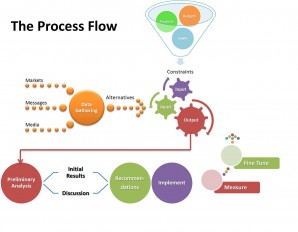 I have to say that the number of comments I’ve received about my posts about the WOW customer experience has been gratifying. Some comments have related to the need to get things to market now and letting quality and functionality follow, which I find incredibly short-sighted in the majority of cases, while others have agreed with me about the need to get things right the first time if you want to avoid headaches in customer support down the road or the actual failure of your company due to bad product reviews.
I have to say that the number of comments I’ve received about my posts about the WOW customer experience has been gratifying. Some comments have related to the need to get things to market now and letting quality and functionality follow, which I find incredibly short-sighted in the majority of cases, while others have agreed with me about the need to get things right the first time if you want to avoid headaches in customer support down the road or the actual failure of your company due to bad product reviews.
The best comment, however, came from my good friend Peter van Geijn in Munich, Germany. His company sponsored my seminars and workshops in Germany in the 1980s and he recently reminded me of the story I used to tell about Version 1.0. It goes something like this…
Did you know that the only people who never miss a development schedule milestone are software design engineers? That’s right, software engineers. If today was the day they were supposed to deliver the product, today is the day that they will deliver it. It will be called Version 1.0.
It will be missing a lot of the originally specified functionality, of course, since there was no time to implement it all during the unrealistic management-dictated, all-too-short schedule, but it will be delivered today. As Version 1.0.
It will also like contain a large number of “undocumented features,” known in the old days as “bugs,” that will have to be addressed in a future version release. But it will be delivered today. As Version 1.0.
Marketing and sales people hate Version 1.0 because it makes selling the product successfully more difficult and causes customers to complain to them — a lot. It also makes it difficult to get early testimonials and delays the purchase of large quantities of the product until the bugs are worked out.
Designers don’t mind. They keep cranking out new code and patches for the bugs. Sometimes it’s great job security and other times it isn’t. If it isn’t there’s always the next product for the next company to be developed.
Customer support managers love it for the job security reasons as well — subject to the risk of no job at all if the product can’t be fixed in time to save the company.
If the product was developed with OPM (other people’s money), top management will get rich in any case and move on to start another company where they can dictate another unreasonable schedule for a product that must do everything, cost nothing and be done yesterday. It is called Version 1.0.
I’d love to hear your experiences with products that fit this mold. Please share them and thanks for reading.








